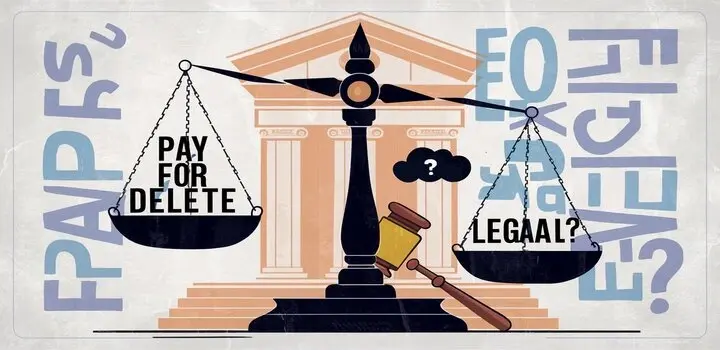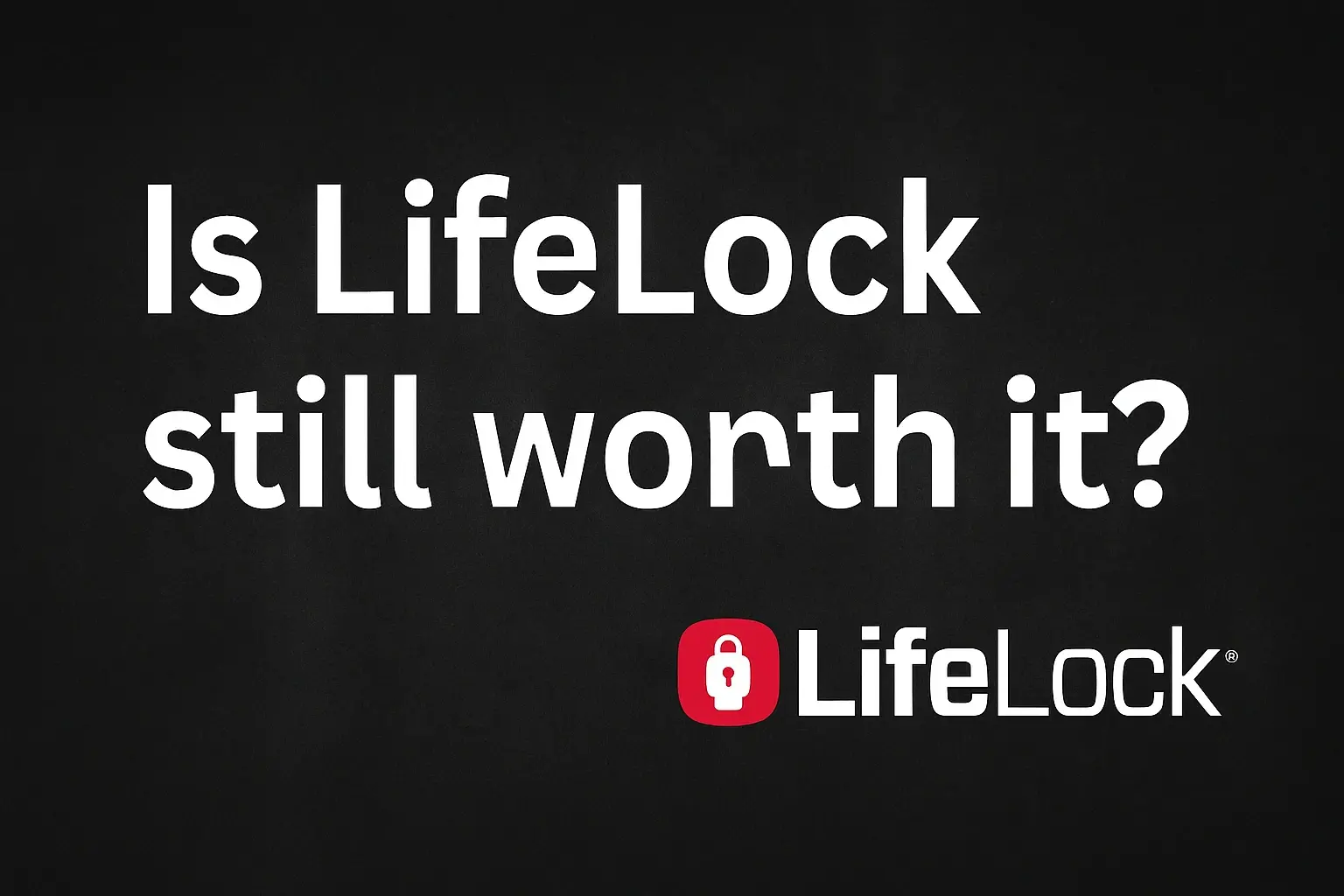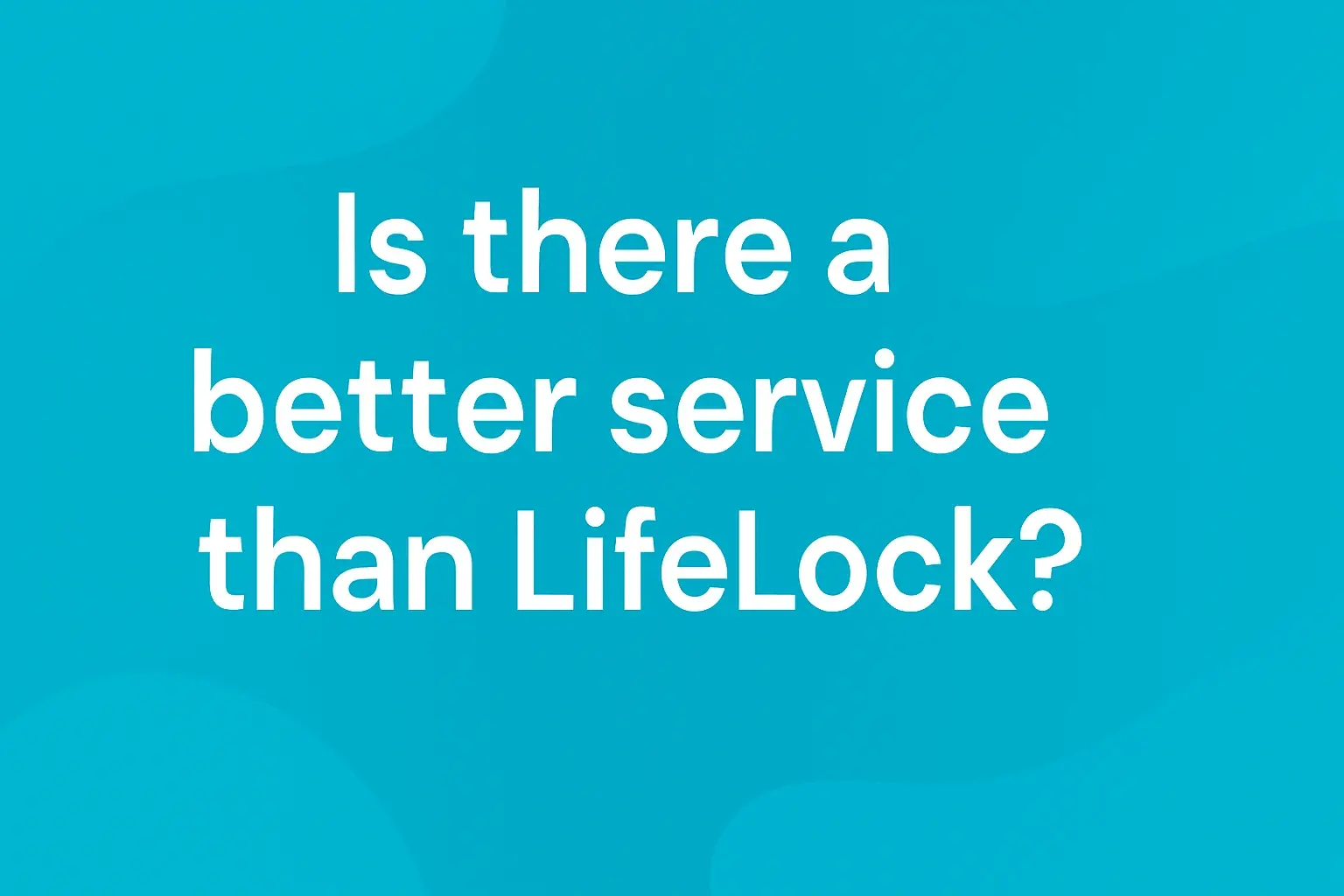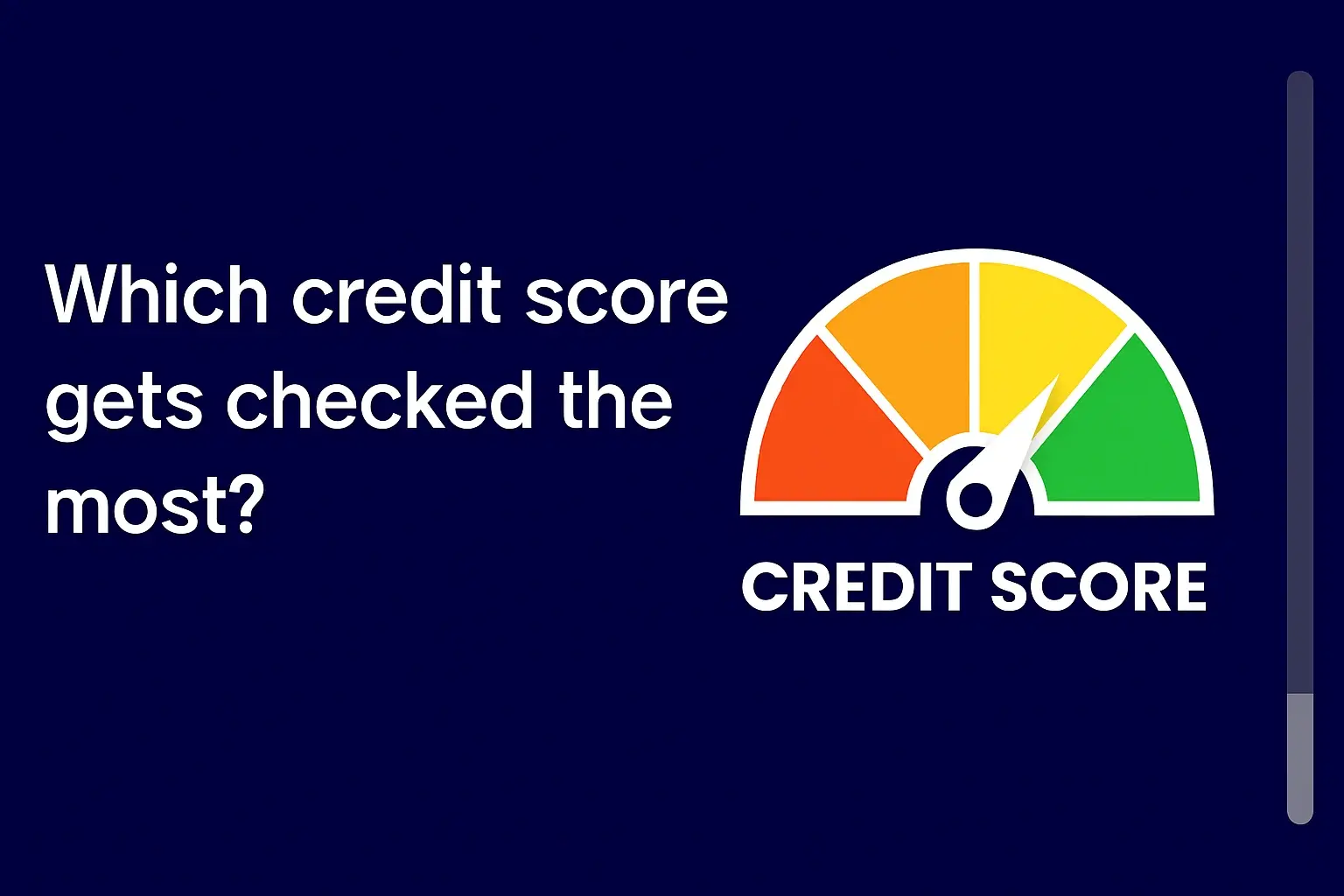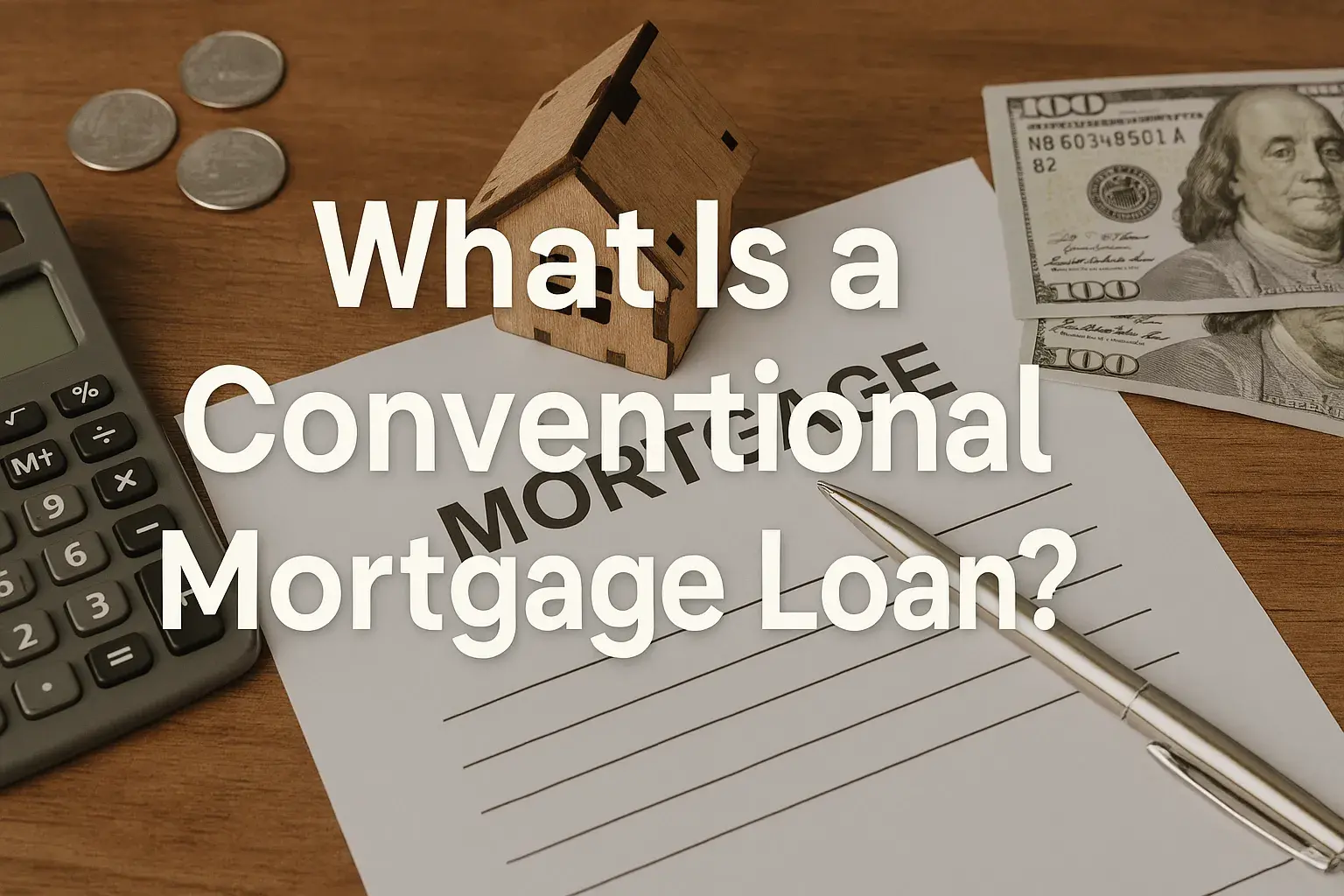-
Posted on: 25 Jul 2024
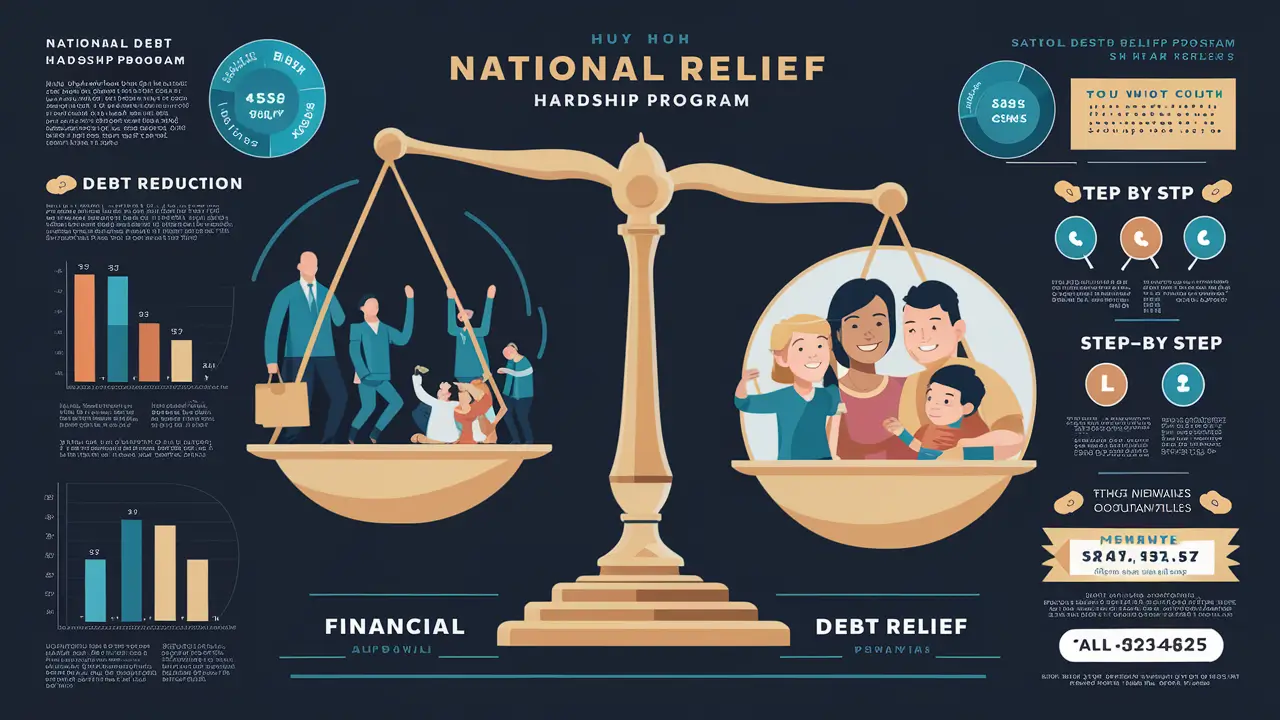
-
Facing overwhelming debt can be a daunting experience. Many individuals and families find themselves struggling to keep up with payments due to unexpected circumstances like job loss, medical expenses, or other financial hardships. National Debt Relief, a well-known debt relief company, offers a hardship program designed to assist those facing such challenges. This comprehensive guide will delve into the specifics of the National Debt Relief Hardship Program, explaining its purpose, eligibility requirements, benefits, and how it compares to other debt relief options.
Understanding Debt Relief and Hardship Programs
Before diving into the specifics of National Debt Relief's offering, it's crucial to understand the broader landscape of debt relief and the role of hardship programs within it. Debt relief encompasses a range of strategies and services aimed at reducing or eliminating consumer debt. These can include debt management plans, debt consolidation loans, bankruptcy, and debt settlement programs.
Hardship programs are specifically designed to assist individuals facing temporary or long-term financial difficulties. These programs often offer modified payment plans, temporary suspensions of payments, or other forms of relief to help borrowers navigate challenging periods. They're often offered by creditors directly, but also through third-party debt relief companies like National Debt Relief.
What is the National Debt Relief Hardship Program?
The National Debt Relief Hardship Program is designed to help individuals enrolled in their debt relief program who experience a significant financial hardship that makes it difficult or impossible to continue making program payments. It provides temporary flexibility and support during times of crisis.
It is important to understand that the Hardship Program is not a separate, standalone debt relief solution offered by National Debt Relief. It's an *internal* mechanism to assist existing clients who are already engaged in their debt settlement program and have encountered unforeseen financial setbacks. Therefore, to be eligible for the hardship program, you must first be enrolled in National Debt Relief's core debt settlement program.
Key Components of the Hardship Program:
- Temporary Payment Reduction or Suspension: The program allows for a temporary reduction or even suspension of monthly debt settlement payments. The duration and extent of this relief will depend on the specific circumstances of the hardship and National Debt Relief's assessment.
- Account Review and Adjustment: National Debt Relief may review the client's overall debt settlement strategy and make adjustments as necessary to accommodate the hardship. This could involve renegotiating with creditors or exploring alternative settlement options.
- Continued Support and Counseling: During the hardship period, clients continue to receive support and guidance from National Debt Relief's team of debt specialists, helping them navigate their financial challenges and stay on track toward debt resolution.
- Reinstatement Plan: National Debt Relief works with the client to develop a plan for reinstating regular program payments once the hardship has passed. This ensures a smooth transition back to the original debt settlement strategy.
Eligibility for the National Debt Relief Hardship Program
Eligibility for the Hardship Program is determined on a case-by-case basis, taking into account the severity and duration of the financial hardship. However, some general criteria typically apply:
- Enrollment in National Debt Relief's Debt Settlement Program: As mentioned earlier, you must be an existing client already enrolled in their debt settlement program.
- Demonstrable Financial Hardship: You must provide documentation and evidence to support the claim of a genuine financial hardship. This could include:
- Job Loss: Unemployment verification, termination letters, or unemployment benefits statements.
- Medical Expenses: Medical bills, insurance statements, or doctor's notes.
- Disability or Illness: Disability benefit statements, medical records, or physician's certification.
- Natural Disaster: Insurance claims, FEMA assistance documents, or official reports.
- Unexpected Family Expenses: Death certificates, funeral bills, or other documentation related to significant unexpected expenses.
- Good Standing Prior to Hardship: Ideally, you should have been making consistent payments and adhering to the terms of the debt settlement program before the hardship arose.
- Willingness to Communicate and Cooperate: Open communication with National Debt Relief is essential. You must be willing to provide the necessary information and work collaboratively with their team to develop a suitable hardship plan.
The Application Process for the Hardship Program
The application process for the National Debt Relief Hardship Program generally involves the following steps:
- Contact National Debt Relief: Inform your assigned debt specialist about your financial hardship and your interest in applying for the Hardship Program.
- Gather Documentation: Collect all relevant documentation that supports your claim of financial hardship, as outlined in the eligibility section above.
- Complete the Application Form: National Debt Relief will provide you with a specific application form to complete. This form will typically ask for detailed information about your income, expenses, debts, and the nature of your hardship.
- Submit the Application and Documentation: Submit the completed application form and all supporting documentation to National Debt Relief.
- Review and Assessment: National Debt Relief will review your application and documentation to assess the validity and severity of your hardship. They may request additional information or clarification if needed.
- Decision and Implementation: Once the review is complete, National Debt Relief will notify you of their decision. If approved, they will work with you to implement the Hardship Program, which may involve adjusting your payment schedule, temporarily suspending payments, or renegotiating with creditors.
Benefits of the National Debt Relief Hardship Program
The National Debt Relief Hardship Program offers several benefits to those facing financial difficulties while enrolled in their debt settlement program:
- Temporary Financial Relief: The primary benefit is the temporary reduction or suspension of debt settlement payments, which can provide much-needed breathing room during a financial crisis.
- Prevention of Program Termination: Without the Hardship Program, clients facing financial difficulties might be forced to drop out of the debt settlement program altogether. This program helps prevent that outcome by providing support and flexibility.
- Maintenance of Progress: By staying in the program, even with reduced payments, clients can maintain the progress they've already made toward debt resolution.
- Continued Support and Guidance: Clients continue to receive support and counseling from National Debt Relief's team of debt specialists, helping them navigate their financial challenges and stay on track toward debt resolution.
- Peace of Mind: Knowing that you have a safety net in place can provide significant peace of mind during a stressful financial period.
Potential Drawbacks and Considerations
While the National Debt Relief Hardship Program offers valuable assistance, it's important to be aware of potential drawbacks and considerations:
- Temporary Relief Only: The program provides temporary relief, not a permanent solution to debt problems. Eventually, you will need to resume regular program payments.
- Impact on Debt Settlement Timeline: Suspending or reducing payments can potentially extend the overall debt settlement timeline.
- Accrual of Interest and Fees: During the hardship period, interest and fees may continue to accrue on your debts, potentially increasing the total amount you owe. While National Debt Relief aims to negotiate settlements, these accruals can impact the final settlements achieved.
- Potential Impact on Credit Score: Participation in a debt settlement program, even with a hardship component, can negatively impact your credit score. This is because debt settlement typically involves not paying the full amount owed, which is reported to credit bureaus.
- Not a Substitute for Financial Planning: The Hardship Program should not be viewed as a substitute for sound financial planning and budgeting. It's essential to address the underlying causes of your financial difficulties and develop a long-term plan for financial stability.
Alternatives to the National Debt Relief Hardship Program
If you're facing financial hardship, it's wise to explore all available options before enrolling in the National Debt Relief Hardship Program or any other debt relief program. Some potential alternatives include:
- Direct Negotiation with Creditors: Contact your creditors directly to discuss your situation and explore options such as payment plans, temporary forbearance, or interest rate reductions.
- Credit Counseling: Work with a non-profit credit counseling agency to develop a budget, explore debt management plans, and receive financial education.
- Debt Consolidation Loans: Consider consolidating your debts into a single loan with a lower interest rate. However, be cautious of high fees and potential risks.
- Bankruptcy: Bankruptcy should be considered as a last resort, but it can provide legal protection from creditors and allow you to discharge certain debts. Consult with a bankruptcy attorney to determine if this is the right option for you.
- Government Assistance Programs: Explore eligibility for government assistance programs such as unemployment benefits, food stamps (SNAP), and housing assistance.
Is the National Debt Relief Hardship Program Right for You?
The National Debt Relief Hardship Program can be a valuable resource for individuals facing temporary financial difficulties while enrolled in their debt settlement program. However, it's not a one-size-fits-all solution. Before enrolling, carefully consider your specific circumstances, weigh the potential benefits and drawbacks, and explore all available alternatives. It is imperative to understand the details of National Debt Relief's core debt settlement program *before* considering the hardship component. If you're uncertain about the best course of action, seek advice from a qualified financial advisor or credit counselor.

